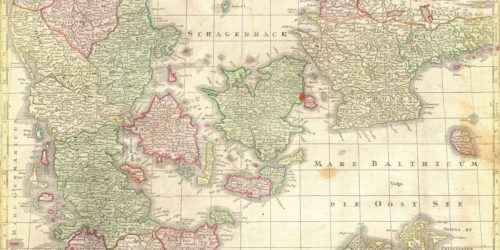Inside the Guide: Using Newspapers for Family History Research
Extra! Extra! Read all about it! If you looked through old newspapers, you would find startling headlines, amusing anecdotes, and a glimpse of everyday life for the people who lived in the particular place and time period. Old newspapers are not just full of stories about abstract people and events; they are also a valuable genealogical tool that you can use...







